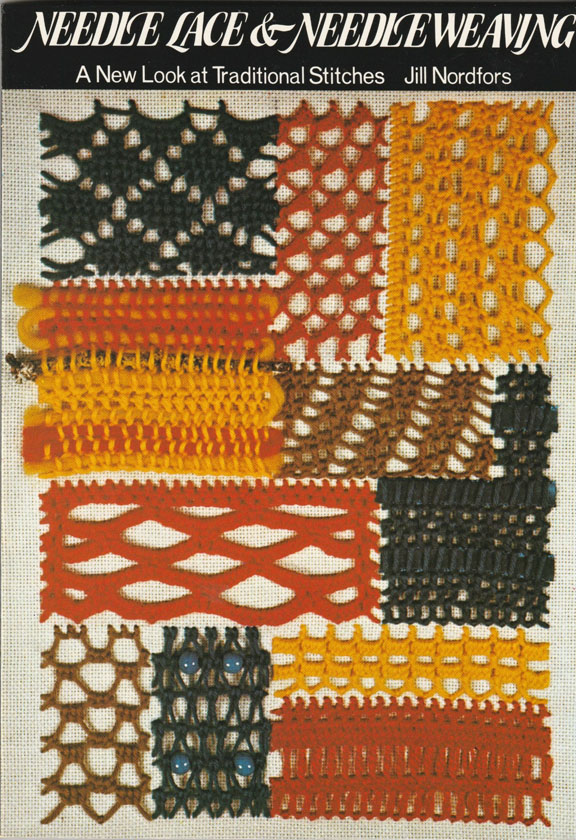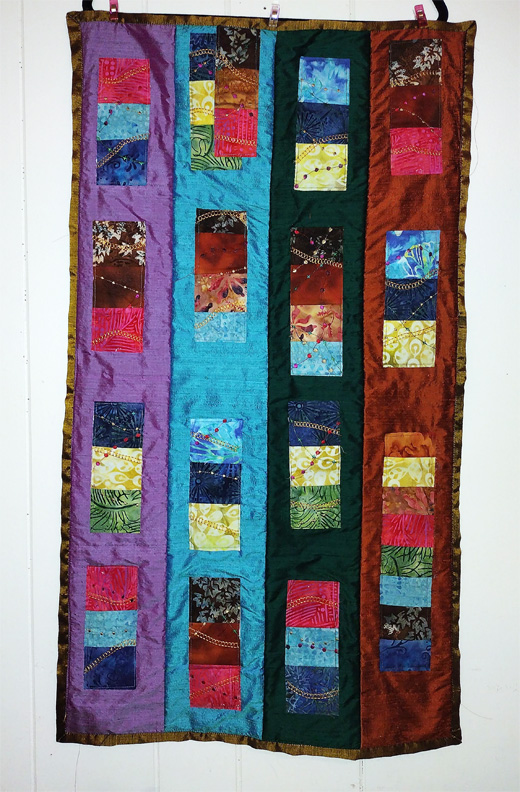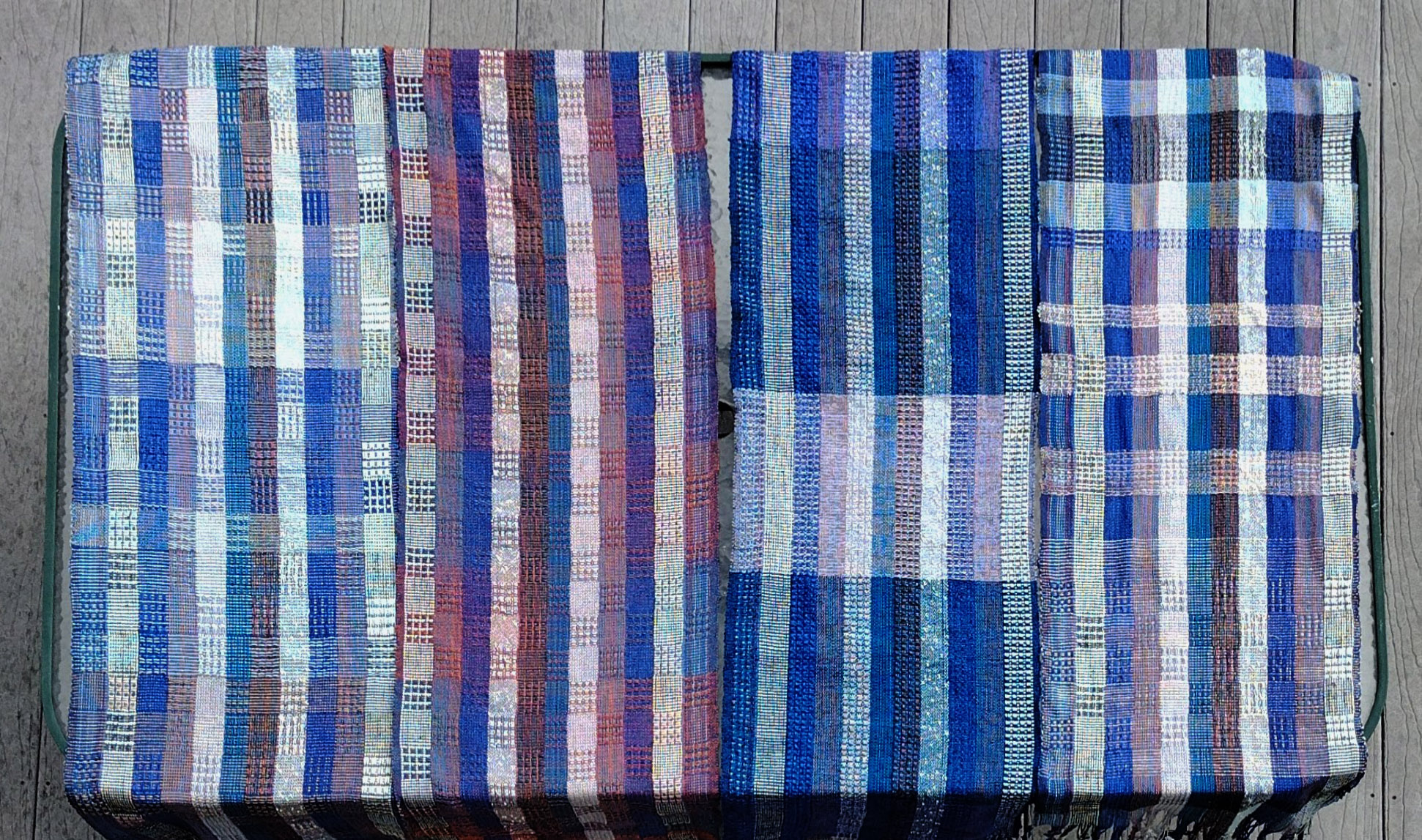September Showers Bring Butterflies
This past weekend, we got to go out to the Texas Hill Country. Our place there is about 300 miles west of where we live in East Texas. It normally gets about 25 inches of rain annually, but there had been a nice rainy spell, and everything was very green for this late in the year. Butterflies were everywhere.
The most prevalent species was the Snout butterfly — there were probably six or eight in every square meter, and they were continually fluttering through the air. Stokes Beginner’s Guide to Butterflies says that snouts can have 4 broods a year in the South. The exact details of their life cycle are not known for sure, but it is thought that they are in egg form for 4 to 8 days, then larva for 2 to 3 weeks, then pupa for 1 to 2 weeks, then adults for only 4 to 12 days.
Their larva feed on the leaves of hackberry trees, but the adults I saw were nectaring on Mealy Blue Sage flowers, and even, it looked to me, on King Ranch Bluestem and Sideoats Grama grasses.
You can click on any of the pictures in the galley to see them larger.
If you are interested in butterflies, you might like to know about the BAMONA website, Butterflies and Moths of North America. You can get regional checklists to help you in butterfly and moth identification. The Audubon Field Guide has entries for more than 2000 butterflies, but the BAMONA site tells me that in this county, Edwards, there have been 73 species sighted — that saves me so much time in trying to figure out what I have seen.























Wow, some beauties there Gwen.
What neat photos–it must’ve been a spectacle to see them all in flight!
I have included your blog in INTERESTING BLOGS in FRIDAY FOSSICKING at
https://thatmomentintime-crissouli.blogspot.com/2018/10/friday-fossicking-5th-oct-2018.html
Thank you, Chris
I adore butterflies…they always seem to appear when the day needs brightening… nature’s angels..
That pink moth is a stunner. I’ve never seen one, although I did see a tiny, lime green moth recently. Your mention of the snouts reminded me of this video from TP&W. It’s wonderful — as are your photos!